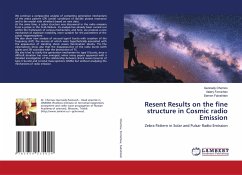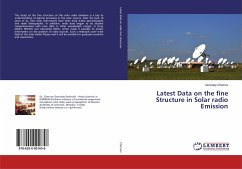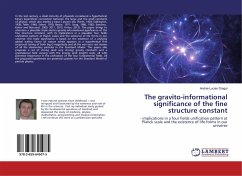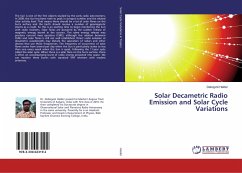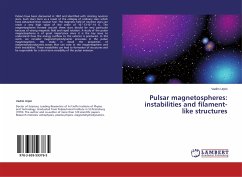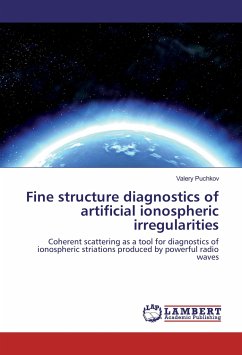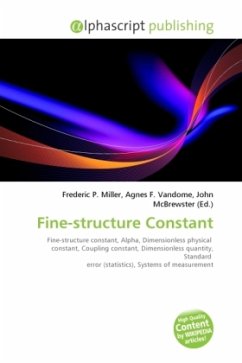We continue a comparative analysis of competing generation mechanisms of the zebra pattern (ZP) (under conditions of double plasma resonance and in the model with whistlers) based on new data. At the same time, a zebra structure was discovered in the radio emission from a pulsar in the Crab Nebula. Its analysis has already been carried out within the framework of various mechanisms, and here, we propose a new mechanism of explosive instability, more suitable for the parameters of the pulsar magnetosphere.We also show new analysis of unusual type-II bursts with cessation of the frequency drift, the sources of which were hypothetically associated with the appearance of standing shock waves (termination shocks, TS). The observations show also that the disappearance of the radio bursts (with spikes and ZP) coincides with the destruction of TS. We also tried to clarify the generation mechanism for type II bursts, since a difficult situation has now emerged, when many papers appeared with a detailed investigation of the relationship between shock waves (sources of type II bursts) and coronal mass ejections (CMEs) but without analyzing the mechanisms of radio emission.
Bitte wählen Sie Ihr Anliegen aus.
Rechnungen
Retourenschein anfordern
Bestellstatus
Storno

